Beam Reach research & education at Lime Kiln in 2013
While we continue spending this summer analyzing data we’ve collected over the last ~10 years, we’d like to recap what we accomplished last summer. This post is co-authored by Scott Veirs and Beam Reach alum and 2012-2013 intern Breanna Walker.
In 2013, Beam Reach collaborated with The Whale Museum and Lime Kiln State Park by maintaining long-term research projects at the lighthouse, and by mentoring a summer intern: Beam Reach alum Breanna Walker. It was Bre’s second summer studying the role of vessels in generating underwater noise and their potential effects on the behavior of Southern Resident killer whales (SRKWs) as they pass by Lime Kiln (Whale Watch) State Park on the west side of San Juan Island (WA, U.S.A.). Here, Bre and Scott provide first a synopsis of our research and education efforts at Lime Kiln during the summer, and then an overview of our long-term research activities at what we like to call the “Lime Kiln Acoustic Observatory.”
Summer 2013 research & education
Despite the fact that SRKW activity was slower throughout summer 2013 than previous years, research and education was in full swing from June through September at Lime Kiln Acoustics Observatory. Bre spent the summer at Lime Kiln waiting for J, K, and L pod to enter Haro Strait in pursuit of salmon. Thanks to Jason Wood of SMRU Ltd. setting up continuous recording of the hydrophones, we were able to obtain a larger sample of early morning and late night SRKW recordings. These 24/7 recordings supplemented the surface behavior observations and vessel monitoring efforts that Bre undertook during daylight hours. Bre also worked with Jason on a project for SMRU Ltd., localizing SRKW calls from the 2012 season to determine their source levels.
Summer started off with a bang as there was a lot of whale activity in late May and early June at Lime Kiln as we were expecting.  However, all the early excitement was followed by an abrupt drop in sightings. Anomalously low prevalence persisted in June and continued for the majority of the summer.  After nearly an 11 day stretch with only one sighting of whales, the L22’s (a sub-group of L Pod) provided a unique opportunity for data collection on June 21st and 22nd when they lingered on the west side of San Juan Island for a week or so after the rest of the SRKW population was assumed to have headed back out to the open ocean. The L22 sub-group is composed of the female matriarch L22, and her two sons L89  and L79.
These encounters with the L22s were interesting, not just because it was so unusual to have them isolated from the rest of the population. Often at Lime Kiln we observe the whales “shuffling” either north or south, occasionally pausing to forage, but typically moving along the west side. However, in these encounters the L22s seemed to linger in front of the lighthouse, displaying surface behaviors indicative of foraging, often with the primary acoustic signals being echolocation clicks for extended periods of time, rather than vocalizations. After a few days of this behavior, Bre, along with fellow Lime Kiln Researcher Bob Otis and his interns, began to notice that the whales seemed to head north in Haro Strait shortly before or after the tide changed from flood to ebb. The L22s would leave the southwest end of San Juan Island where they had been sighted spending a lot of time near Eagle Cove and Pile Point, and moved north to the Lime Kiln Lighthouse. This behavior was observed for a few days in June, and then again during the first week of July. Just as we thought we had noticed a pattern they went and did the opposite. However, these less-than-usual encounters got the whale community’s attention and everyone was curious as to why they remained in the area around while the rest of the population was beyond the Salish Sea. Of course, now that L79 has been missing since mid-summer last year (2013), these encounters seem even more intriguing. As we move forward with data analysis, we are especially interested in analyzing the days when only the L22s were present.
The “week of whales” — as it was dubbed by the lighthouse crew — was July 8-12, 2013. During these four days all three pods (a superpod) passed by the lighthouse numerous times. The SRKWs were not sighted again at the lighthouse for another 26 days, with the exception of two encounters with K pod on July 19 and 20. During that time there were two Transient pass-bys, which were recorded during Jason’s data collection for a SMRU project, in which we were recording 24/7.
The summer continued on in a dry spell of sorts. It seemed that the SRKW spent more time out of Haro Strait than they did in, and when the whales were present on the west side, they did not frequent the lighthouse as often as was expected. As of July 26th, 2013, Bob Otis had documented only 17 whale days, less than 50% of the 35 days recorded as of July 26th, 2012. This pattern continued into the month of August.
Despite the lack of whale activity at Lime Kiln last summer, visitors still frequented the lighthouse. In September, Bre worked as a naturalist for The Whale Museum, educating visitors about the whales, salmon, and the Salish Sea ecosystem. The lack of whale activity at the lighthouse frustrated many visitors, however it opened up great conversations about the ecosystem dynamics and the importance of salmon and clean waters for the whales. Overall, it was an educational field season, sparking both concern and curiosity for the future of the Southern Resident Killer Whales, the salmon, and the rest of the Salish Sea Ecosystem.
Links to meta/data —
- Vessel Observations from 2012
- Surface Behavior Observations from 2012
- 2013 Data Sets coming soon!
Long-term research progress
Throughout 2013, Beam Reach maintained a Vemco VR2W fish tag receiver as part of a collaborative resident Chinook salmon (black mouth) tracking project with UW & NWFSC. The receiver was deployed adjacent to the long-term Lime Kiln hydrophone using an existing cement mooring anchor. It was serviced by David Howitt & Jason Wood on 9/13/2013 during a dive in which #110849 was recovered (having been deployed on 4/12/2012) and #102782 was deployed. Link to field notes and metadata. While the grant has ended (most San Juan equipment was recovered in late 2013 or early 2014) Beam Reach is helping to analyze the data and is maintaining a VR2W receiver at Lime Kiln in 2014.
Beam Reach helped maintain the calibrated hydrophone system throughout 2013, both to support the Salish Sea Hydrophone Project and to continue measuring received sound pressure levels of passing commercial ships. Although no new funding was available from NOAA in 2013, Beam Reach paid sub-contractor David Howitt to service the bottom-mounted hydrophone.
As part of the ship noise project, Scott and Val collaborated with Jason Wood of SMRU Ltd. Beam Reach supported the archiving of AIS data in 2013 for passing ships with software written by Val Veirs. The data set now encompasses 31 months from Mar 2011 – Oct 2013 and has been analyzed. We are submitting a paper summarizing noise from about 1500 unique ships in spring-summer 2014.
Finally, Beam Reach continued to maintain the live streaming hydrophone system at Lime Kiln with our partners. While the number of entries for Lime Kiln in our citizen science log (97) was only down ~70% from 2012 levels (325), this reduction in one proxy for listening effort was countered by a rise in another — the number of “hearings” reported on the Orca Network Facebook page. An observational highlight of 2013 from the nearby Orcasound node of the Salish Sea Hydrophone Network was humpback vocalizations (feeding calls, according to Jared Towers) heard for the first time in Haro Strait on October 13, 2013 and recorded by Jeanne Hyde.
Unlike in previous years Beam Reach did not deploy other scientific instrumentation at Lime Kiln in part because we did not run spring or fall undergraduate programs in 2013. Pending renewed funding and educational programs, we will continue to propose new studies using: the existing and new live streaming web cam, our cabled underwater video camera, oceanographic instruments, and a thermal imaging camera.

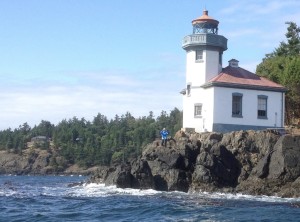
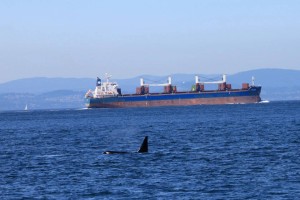
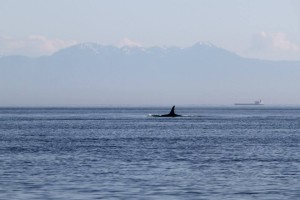

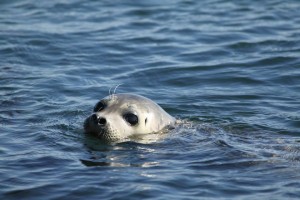
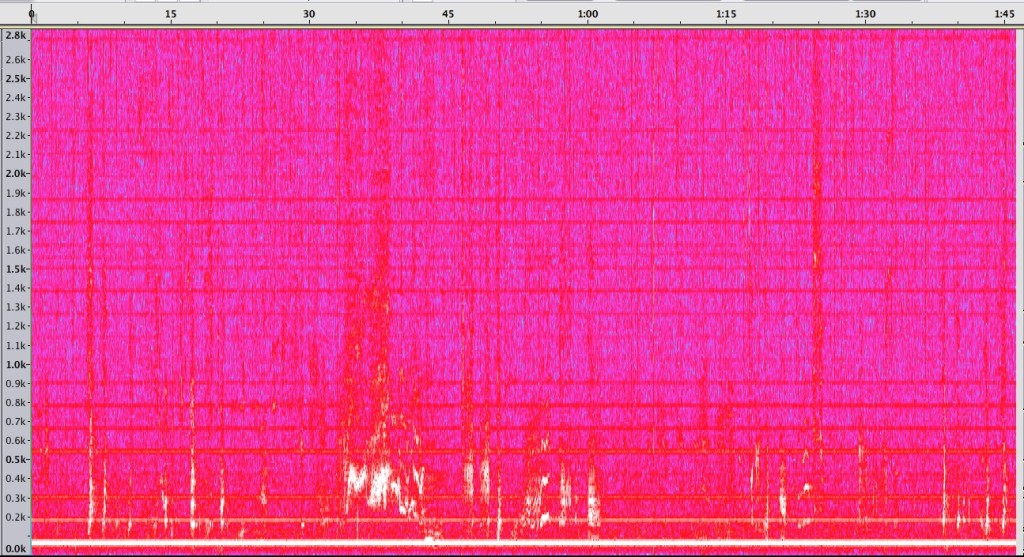


 Twitter
Twitter LinkedIn
LinkedIn Facebook
Facebook